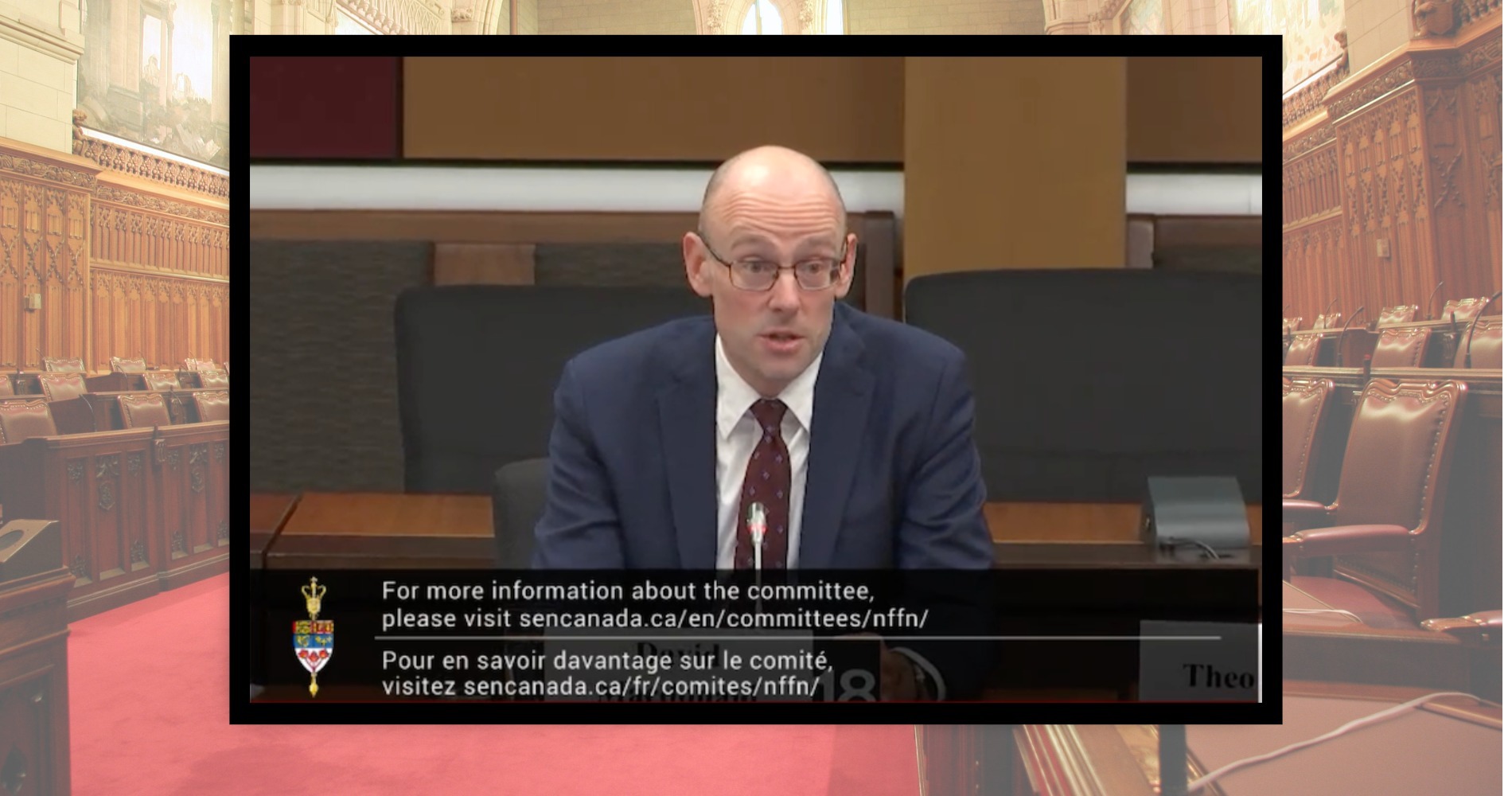New income data suggests troubling poverty trends are unfolding in Canada
Every recession ushers in a rising tide of poverty. As jobless and underemployed people struggle to make ends meet, the nouveau poor swell the ranks of the déjà poor.
The most recent statistical update on incomes in Canada was released last week, telling us that in 2008, as the nation headed into a brutal recession, there were just over 3 million Canadians living in poverty using the standard measure, Statistic Canada’s after-tax low-income cut-off (LICO).
Statistics on income data come in two years after the fact and much has happened since 2008. But if past recessions are any guide, between 750,000 and 1.8 million more Canadians will be counted as poor before recovery is complete. More than one in seven Canadians may have tumbled into poverty before this is over. Many of them will be working.
Some will argue that this recession was brutal but short, and that Canada has been recovering faster than most other nations, so galloping poverty is not likely to be on the horizon. But Canadians entered this recession more exposed to the economic risks of joblessness than during any other recession since the Second World War, and the types of jobs created since last summer put recovery on shaky ground.
Looking at the past tells us we have reason to worry, notwithstanding the signs of recovery in stock markets, GDP and profit margins. The recession of the 1980s marked an important increase in poverty but the rise and fall of poverty was relatively quick because, despite dramatic job losses, income support mechanisms were in place.
The recession of the 1990s generated a much bigger escalation of poverty, both in magnitude and duration, because a protracted period of job loss ran into the scaling back of unemployment insurance and social assistance by federal and provincial governments.
As a consequence of that period, there was next to no cushion to soften the blow of the most shocking wave of job loss in our history during the opening six months of this recession, when almost half a million permanent and full-time jobs vanished.
More than half of the jobless went without jobless benefits at the outset of the recession (43%) and despite modest reforms to the Employment Insurance Act – reforms that were introduced with sunset clauses, and scheduled to end soon – less than half of the unemployed remained without jobless benefits at the peak of the recession (48%). Dramatic reductions in asset limits for accessing welfare were put in the mid-1990s, designed to exclude any but the most destitute from income support.
The legacy of this “tough love” has meant that many jobless middle class workers face economic free-fall and/or the prospect of grabbing any job, at any wage or hourly schedule, just to survive, often at incomes far inferior to what they had before.
As for the nature of recovery, job creation since last summer has been marked by rapid growth in temporary positions and self-employment, and job expansion has been dominated by the public sector.
Government stimulus will end in the coming months, and the more permanent aspects of growth in the public sector – such as health care — will be eyed for constraint as governments deal with budgetary deficits.
It is by no means certain that the private sector will fill in for the role the public sector has played in the past year. Even without external triggers like European debt or American oil spills, the end of many time-limited temporary jobs may tip us into a made-in-Canada double-dip recession. That second round of joblessness could hit just as hundreds of thousands of people exhaust their EI benefits.
It is not possible to predict how rapidly poverty will increase, but without question it will rise. Despite the relatively short span of the current recession, brutal job losses, tattered safety nets and the tentative nature of the job recovery suggest a rise in poverty may be unfolding that is closer to the pattern of the 1990s than the 1980s. That would mean the body count of Canadians finding themselves in straightened circumstances might be pushing five million – more than one in seven Canadians trying to get by. That’s no way to run a recovery.
The news summed up the latest Statistics Canada data by telling us incomes flatlined in 2008. That yawner feeds into the sense that all is well, and that governments and markets alike need do nothing more.
But “business-as-usual” won’t get Canadians out of this hole. Decision-makers in governments across the country have been working on an exit strategy from poverty for years. It’s time to put those plans to work. History shows, the hole can deepen quickly. This is no time to lull ourselves to sleep.
Armine Yalnizyan is a senior economist with the Canadian Centre for Policy Alternatives.


